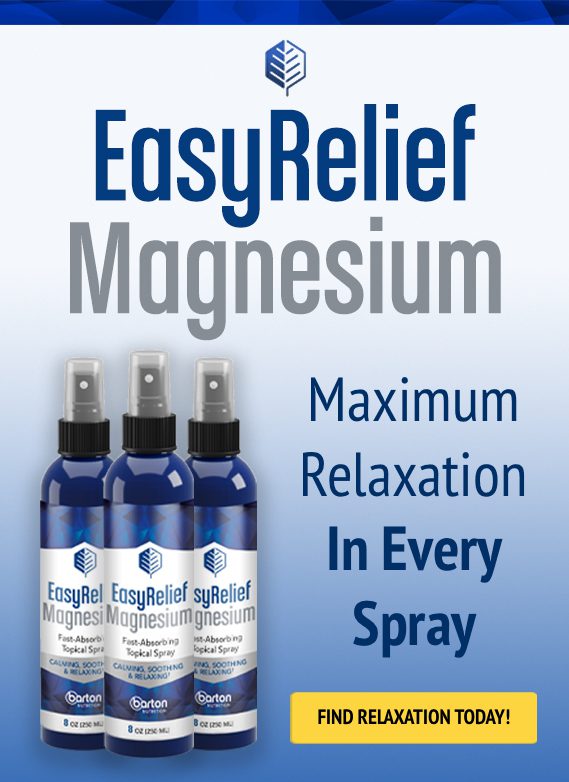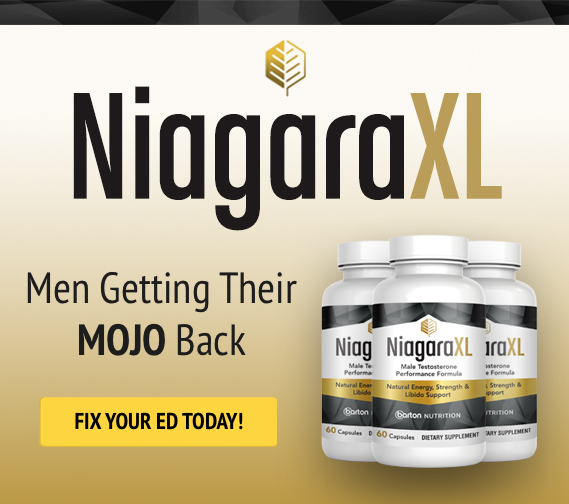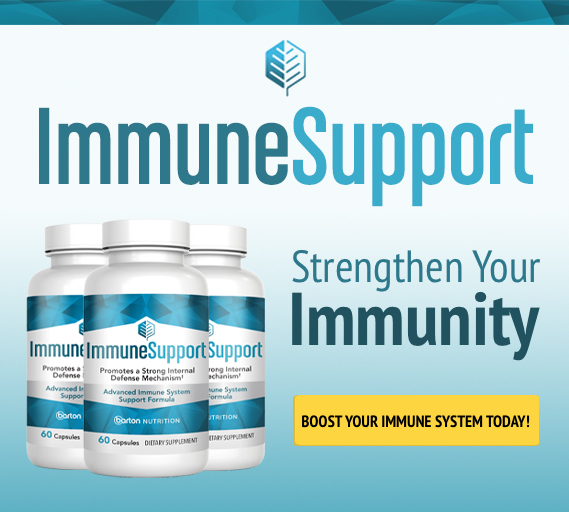Broken Heart Syndrome: How Emotional Trauma Yields Physical Results
In May 2022, a teacher at Robb Elementary School in Uvalde, Texas, Irma Garcia, was shot and killed. Two days later, her husband of 23 years, Joe Garcia, visited his wife’s memorial to drop off flowers. When he returned home, he fell over and died.[1] It may be important to note that Joe did not have heart disease. He died of a broken heart.
How do people die from a broken heart? Is it a real thing? Studies looking at the death of a loved one indicate this is a big issue. When a woman dies, her husband is three times more likely to die within two years. (But when a husband dies, the wife is not at increased risk.) However, when a child dies, a mother has twice the risk of death in the next two years.[2] This is a good indicator of what breaks the heart. When my aunt died of cancer in her 50s my grandmother leaned over to me at her funeral and said, “No child should die before her mother!” Grandma lived another thirty years, despite the heartbreak.
Stress and Anxiety Causes a Broken Heart
Yes, people can die from a broken heart. But stress and anxiety disable many more with heart disease.[3] The shock of a physical or emotional stressor can cause Takotsubo Syndrome, a type of heart disease.[4] In this “broken heart” syndrome, trauma stuns and weakens the heart muscle, producing symptoms similar to a typical heart attack. This literally changes the shape of the physical heart, so that it looks like a “TOKOTSUBO” on an x-ray. Takotsubo is the word for octopus trap in Japanese. This sudden change to the heart, causing small vessels to close and only the top part of the heart to work, often affects Japanese women, but can be found all over the world.
Risk factors for the development of Takotsubo cardiomyopathy include domestic abuse, death of relatives, natural calamities, accident or major trauma, arguments, financial or gambling loss, diagnosis of an acute medical illness, stimulant drugs such as cocaine, amphetamines, or even positive life events the so-called “happy heart syndrome.”
The metaphorical heart is the wants, needs, and desires; and any major change can cause the heart to malfunction and constriction of heart vessels.
Angina and the Heart
Another effect known for many years is spasm of the arteries causing chest pain: angina. Angina is chest pain due to a lack of blood flow to the muscles of the heart. It is often caused by blockages in the arteries of the heart. But spasms of coronary arteries may also cause angina. This is called Prinzmetal’s Angina. Imagine the surprise of a doctor who has a patient with chest pain and abnormal EKG and even blood tests that indicate a heart attack, but who has squeaky-clean arteries! Up to 70% of people with angina do not have blockage of a coronary artery.[5]
Heart Attacks and Heart Damage
The incidence of heart attack in people who do not have coronary artery disease can depend on many factors. For example, the sudden nature of the stress.
Joe Garcia’s loss was unexpected, whereas my aunt had a protracted course of cancer. People who have a big shock may have dysfunction of the arteries and blood flow to the heart, causing the heart to stop.
Even people who don’t have arterial disease can get constriction of arteries of the heart turning off the blood flow to the heart muscle just when it is most needed to handle the stress.
The combination of factors is the problem which may lead to heart damage or a fatal arrhythmia.
In the past, doctors said that since there are no plaques in the arteries that the person is not at risk. However, that turns out not to be true. One study showed that people who had and abnormal EKG with Prinzmetal’s Angina were three times more likely to die of a heart attack, irrespective of their level of heart disease. In other words, even if they had no blockages in their arteries, death from heart attack was just as likely.[6]
People with vasospasm die at the same rate as those with coronary artery disease, even though they don’t have as many risk factors such as hypertension, high blood sugar, and older age.[7] About 10% of people who die from a heart attack do not have any significant coronary artery disease, or blockage.[8] They tend to be younger, with a lower cholesterol, blood pressure, high blood sugar, and smoking risks.
How To Tell the Difference Between Vasospasm and Arterial Disease
Stable angina is where a person gets chest pain and/or shortness of breath with a consistent amount of exercise. People who say, “I can’t walk past the mailbox before getting chest pain” probably have clogged arteries and not vasospasm. On the other hand, those who get chest pain unrelated to activity are more likely to have spasms. If sitting on the couch and watching an intense movie causes chest pain, it is likely to be from vasospasm.
One way a doctor will be able to tell if you have vasospasm is to give a medication that opens blood vessels. Nitroglycerine has been used for a century to relieve chest pain. If the blood vessels of the heart spasm, the nitroglycerine relaxes them and allows the blood to flow. There are others as well. Many years ago, when I was in training, the emergency room doctors would give intravenous magnesium to restore blood flow. This works better and longer than nitroglycerine and prevents damage to the heart muscle by increasing energy. Now, however, most physicians in hospitals don’t know about IV magnesium because it has fallen out of favor due to drugs and stents.
Broken Heart Causes
The Bible tells us that fear affects the heart. When Jesus was telling His disciples about the problems of the end times, He explained one effect, “Men’s hearts failing them for fear.” [9]
This form of heart attack is not related to age. Arterial spasms can happen in children and adults. People who are found to have Prinzmetal’s Angina often describe having symptoms all their life. This is a problem of the function of the autonomic nervous system. The largest contributor seems to be stress hormones, adrenaline, and norepinephrine, which often come with anxiety or panic attacks. Chest pain is common with anxiety. About three-fourths of people with panic attacks get angina, and up to a quarter of people who go to the ER thinking they are having a heart attack are really experiencing anxiety.[10]
The problem of vasospasm, though, is not unique to the heart, it can happen anywhere in the body.
- Spasm of the arteries of the heart causes angina.
- Spasm of the arteries of the back causes back pain.
- Spasm of the arteries of the intestines causes irritable bowel syndrome.
- Spasm of the arteries in the head causes migraine headaches.
- Spasm of the arteries of the hands causes Raynaud’s disease.
These, and many other syndromes, are all from the same issue – lack of blood flow. The arteries are not functioning well. The autonomic nervous system is causing the arteries to close and preventing good blood flow. It is common for people who have one problem, such as migraine headaches, to also get angina from stress.
The specific or immediate trigger may cause the pain, but they are not the underlying cause of the problem. Besides a stressful event, triggers of spasm can include: [11]
- Cold weather
- Exercise
- Prescription drugs such as Ritalin and stimulants
- Decongestants such as pseudoephedrine (Sudafed) and oxymetazoline (Afrin)
- Recreational drug use like cocaine or amphetamines
- Cigarette smoking
- Inflammation
- Insulin resistance or metabolic syndrome
- Migraine headaches
- Raynaud’s disease (vasospasm in the hands)
- Vitamin B2 deficiency
- Magnesium deficiency
- Hormone imbalances
If you are getting angina, the first thing to do is to find out if you have any blockage of your arteries. It is not unreasonable to go to a doctor and have some tests done. One test I often recommend is the coronary calcium score. This is a CT scan that measures how much calcium is built up in the arteries. Everyone should have a score of ZERO, but there is a “normal” amount based on your age. If you have a lot of plaque in the arteries, you first need to deal with arterial disease. Find out how at: https://healthyheartsolution.com/ However, if you have a score of zero and still get angina, you may be dealing with vascular spasms. In any case, we need to deal with the underlying cause of the problem.
The list above will help guide you to look for what your issue might be. For example, if you have high blood sugar or insulin resistance, that would be a good place to start. Reducing insulin resistance will improve your heart function by increasing energy to the heart. Also, if you have migraine headaches, it would be a good idea to find out why they happen (not the trigger, but the underlying cause) because that will also protect your heart from stress damage.
Broken Heart Prevention
Ultimately, this is not something to wait to see if it happens to you, so prevention is the key. To prevent dying from a broken heart, it is important to build resilience. While we cannot control everything, there are things we can control that make a big difference to our hearts. Since bad news most often comes without warning, it is essential that we have good heart and autonomic nervous system function so we can weather the storms of life. The following will give you resilience.
Exercise
High intensity interval training (HIIT) just ten minutes per day will keep the heart functioning at peak performance.
Diet
A very high fiber diet gives the best ability to improve heart function and lower toxicity.
Potassium
A common deficiency is potassium. A lack of potassium can cause spasms of muscles including the heart and blood vessels. Potassium comes from fruit, vegetables, potatoes, and beans. A diet high in fiber will also have a lot of potassium.
Magnesium
The key to preventing damage to the heart in a stressful event is allowing the blood vessels to open. There is a known association between low magnesium and all types of heart disease.[12] Magnesium is also essential for relaxation of arteries. Because Americans don’t have staple foods high in magnesium it is a common deficiency. Magnesium is found in anything green (broccoli, spinach, kale, and so forth), beans, nuts, and seeds. A common supplement would be about 400mg per day.
Breathing exercises
Breathing is very important to the function of the autonomic nervous system. Breathing through your nose is important. Yoga breathing exercises are excellent. A good book about this is “BREATH” by James Nestor.
Cold therapy
There are ways to improve and control your autonomic nervous system using cold therapy. You could even use a training program online such as wimhofmethod.com which employs both breathing and cold therapy.
Meditation and prayer
Taking time to be still and ponder is important for emotional resilience. This can include prayer. In the Old Testament, Daniel was known by all to have a habit of praying three times a day. That is a good habit to be in because it gives hope, which prevents fear and despair.
My mom was talking about Jacqueline Kennedy when she said, “Life is perfectly fair, sooner or later it breaks everyone’s heart.” She had resilience and was able to weather the storms. However, some people do die from a broken heart. This is not just metaphorical, it is real, like in the case of Joe Garcia or Takotsubo syndrome. The heart is very sensitive to blood flow. Stress and anxiety, or a sudden shock can decrease circulation, especially in those who already have a marginal function. It is essential to protect your heart the same way you protect your other vital organs and muscles, primarily by gaining resilience, and resistance to stress.






















